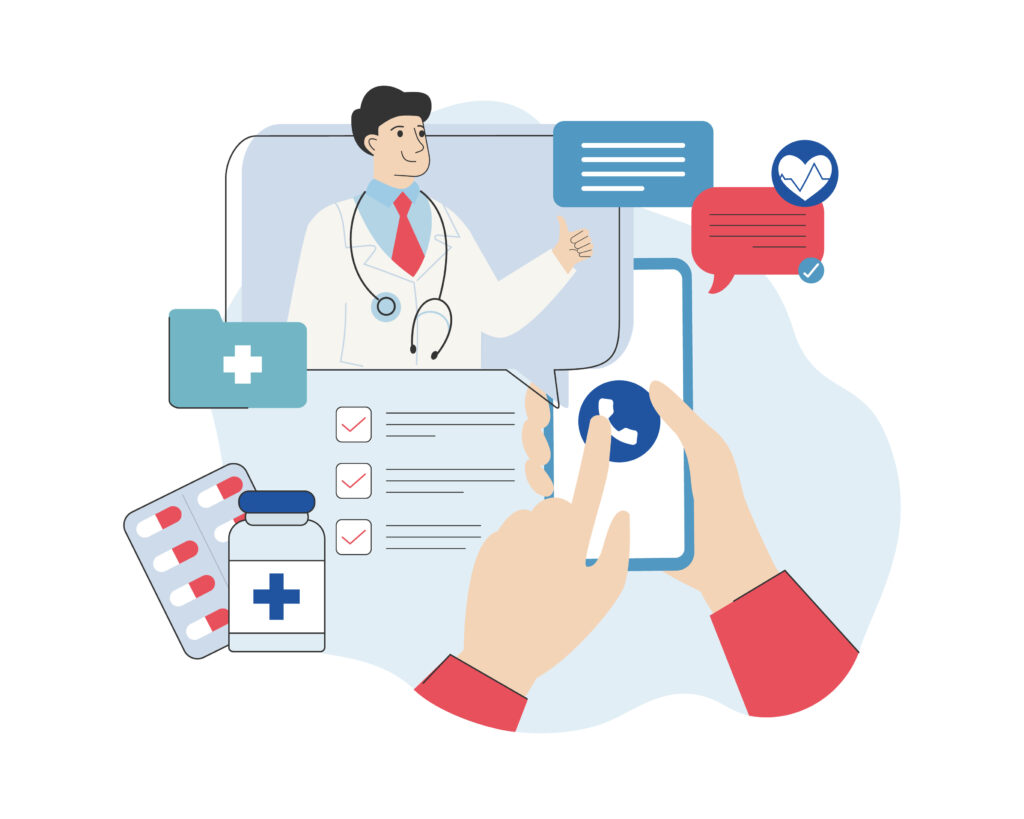Balancing social media management with personal life involves setting clear boundaries, scheduling content in advance, and using management tools for efficiency. Prioritizing mental health by taking regular breaks and not over-engaging with negative content is important. It’s also beneficial to diversify tasks and delegate responsibilities to maintain a healthy work-life balance in the demanding world of social media.
The world of social media is always changing and can be incredibly fun and exciting. Social media managers often find it exhausting, though. Why? They become attached to their work and remain connected far more than they actually need to be. Does this sound like you? It’s time to learn how to step away from the keyboard (AFK) and find better work/life balance.
Overview
A Minimum of Two Tech Free Hours Per Day
Yes, social media managers need to be connected. No, they do not need to be online 24/7. Put that crazy myth aside. No one dictates your accessibility but you, whether you’re an employee of the brand or a contractor. You’re either charging a premium rate for regular monitoring or they need to have someone else on-call for your “off” hours to make sure there are no fire that need to be put out.
That said, you need to have at least two tech-free hours per day. Upon waking, spend some time thinking about your gratitudes, having breakfast, showering, and planning your day. Do not pick up your phone or tablet and immediate hop onto social media. It can wait. Someone will probably call you if it can’t.
Spend at least one tech-free hour at the end of each day, too. We know it’s hard to completely unplug from tech, even after our work hours are over. It’s important, though. Unplugging to spend time resting, thinking, meditating, reading, and quieting your mind will lead to better rest and better focus the next day.
Schedule Other Non-work Time
Listen. You are a human being. You are not an extension of your computer or your phone. Leave your phone on the desk when you go to the bathroom. Allow the phone to remain in your purse, briefcase, or coat pocket while you have lunch in the middle of the day. Do not eat meals at your desk while working. Turn your notifications or sound off for an hour or two in the afternoon so you can exercise, have coffee with a friend, or do something social. Yes, social media managers can have social lives away from technology, too.
Limit Social Media to One Device
A lot of social media managers think they have to be connected via their phones all the time. This isn’t true; or it doesn’t need to be. Designate a single device for your social media “work,” and leave it at that. No protests. A secondary device should be for emergencies only. This will make it easier for you to walk away and deal with your offline life whenever necessary.
There is nothing you can do on your phone that you can’t do via a third-party desktop app, including Instagram interactions. Designating a device for work will help you to maintain a degree of separation while you’re out and about, spending time with family, and living your regular life. You don’t need to worry about whether or not your last post is getting engagement while you’re sitting in the dentist’s chair or while you’re picking up your kids from school. If you’re not at work you’re not at work. Disengage.
Stop Setting Unrealistic Expectations
Yes, people like quick responses to private messages. But do they expect them? Not in the way you think. According to Edison Research, approximately 42 percent of people using social expect some sort of response within five minutes to an hour; 25 percent expect a same-day response; and more than 33 percent expect to hear from you within a couple of days.
Here’s the deal, though. These are expected response times for customer service. What average brand do you know with 24/7 customer service? Very few, we’re sure. What does this mean to you as a social media manager? It means you should glance at social messages once every hour or so throughout your regular work day. Assign a team member to monitor for a couple of hours in the early morning or evening if there is a true time zone difference. Otherwise, put up an automated response letting your customers know someone will get back to them within normal business hours.
Planning Ahead for Vacations
Not only do you deserve time AFK during the work week, but you also deserve a real, true vacation. All you have to do is plan ahead. Use social media tools like HootSuite or Buffer to schedule your social content in advance, repurpose content to fill in any gaps that may appear while you’re away, and find someone to monitor notifications and messages while you’re gone.
Once you’ve got a plan in place you’ll need to be like Elsa and just let it go. Seriously. Turn off your notifications (especially push notifications), let your boss and team know your schedule, and set a time or two to check-in to advise if there are true emergencies. Note, this time isn’t to work — just to advise or consult if they are having an issue. Otherwise, take deep breath and enjoy your time away.
Set Your Own Standards
Remember, again, you are in control of your social media presence. It’s your job to create the standards for the job. Decide on the hours you’ll be available and which are your days off (yes, you get those, too). Communicate your goals. Create your own set of backup plans and share tasks with your team members. Don’t have a team member? Find one. These points are just as important as the social marketing strategies you’re employing.
While it’s very true that social media trolls never sleep, they’re just that — trolls. You, on the other hand, deserve to live a nourished, healthy, sleep-rich life. The trolls will be there when you wake up, and your real customers won’t really care about them. Focus on creating great content, engaging appropriately with your true audience, and sending leads back to your brand’s website and campaigns. You can do all of this and maintain a healthy work/life balance. Don’t let anyone trick you into thinking otherwise.
Contact us today to get the conversation started!









